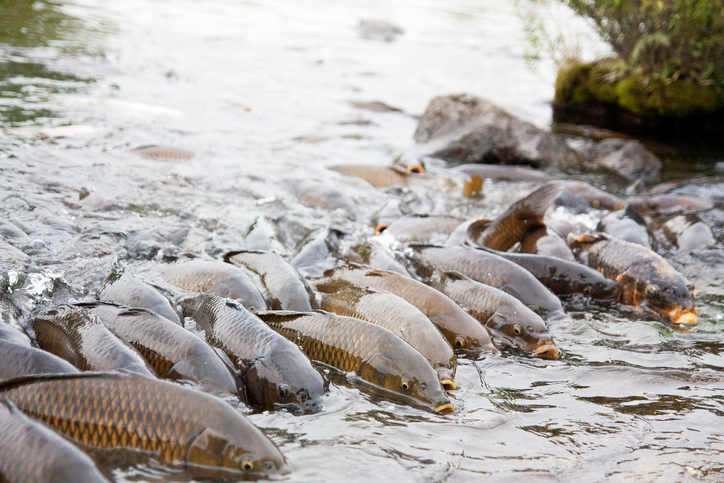
By Larry and Adam Mogelonsky
The English language sure loves its neologisms. (Don’t look this one up in your dictionary. It’s not there…yet.) The one in the title adds an ‘ism’ onto ‘invasivore’ where this latter word is ascribed to species that have been accidentally or purposefully introduced into a foreign environment where there are no natural predators to keep their numbers in check, thus diminishing biodiversity. Foremost examples are the African cane toads that have ravaged the Australian continent and the zebra mussels that have similarly become endemic to the Great Lakes.
Specific to you, it’s important for hoteliers to keep tabs on these sorts of trends because, in the relentless progression of global climate change, customers will continue to demand more from their travel brands to help foster a culture of sustainability. Right now, environmentalism is largely a value-add to make guests feel good about their hotel selections (with the ability to command a few extra dollars in rate for the privilege). There may come a time soon, though, when sustainability is scored and businesses failing to get a good grade are shunned by prospective bookers.
Invasivorism for hotel restaurants amounts to putting these foods on the menu as a means to:
- Help build an economic system around the farming and the consumption of invasivores
- Reduce the stigma of eating these species by transforming them into palatable dishes
- Raise awareness for the need to cull invasivores to bring indigenous species back into balance
- Offer a point of differentiation to help with the marketing and PR of your F&B program
- Round out a brand-wide sustainability initiative that incorporates numerous departments
As you can already tell, the first of these five is hardly easy at present because the supply chains just aren’t there. This will change. Think back around two decades when the phrase ‘authentically local’ was first gaining steam. Stocking inventory from local providers back then required lots of effort because each relationship had to be set up one-to-one and we just didn’t yet have the critical mass of adjustable manufacturers to cost-effectively engage in small batch productions.
Now, living local, buying local and eating local are all but the expectation from hotels, albeit they still require a hefty load of setup and care. We foresee invasivorism taking a similar trajectory with hotels benefiting from their larger procurement networks to take advantage of this trend.
Personal demand for climate action often begins with an awareness campaign for the ‘charismatic megafauna’ like a reminder about how few panda there are left, a news story about the recent extinction of the northern white rhino or a video of an emaciated polar bear struggling to find solid footing on a patchwork of half-melted ice blocks. Likewise, invasivorism will start with a ramp up in access to and the edible acceptance of one of the largest provocateurs. Our bet is on the four types of Asian carp invasive to the Mississippi river system – slimy and a pain to debone, but still a suitable substitute for salmon or tuna when minced and sauced.
Not merely a soylent green alternative, invasivorism has applicability for haute cuisine, too. People opt for sophisticated fine dining experiences not only to attain satiety but also to be inspired by the chef’s wild, esoteric ingredient combinations as well as having something to talk about with friends at the next dinner party. This last reason may as well be called bragging rights, so give your restaurants something to brag out.
To close, to merge together the haute cuisine element with the awareness and education ones, you are approaching an experience that can be classified as ‘transformative’ – leaving the guest better off than when they arrived at your hotel. By promoting the ingestion of foods that are not native to a land – in sharp contrast to local eating and the direct opposite of indigenous eating – you are inspiring your customers to reframe the environmental conversation and making them feel good in the process for their active contribution.
If you build enough of these sustainability-related experiences into your brand – of which invasivorism is one possible inclusion – your guests will adore you for it and be willing to pay above market for the opportunity to stay with you.
This article may not be reproduced without the expressed permission of the author.
Editor’s note: To discuss business challenges or speaking engagements please contact Larry or Adam directly.


